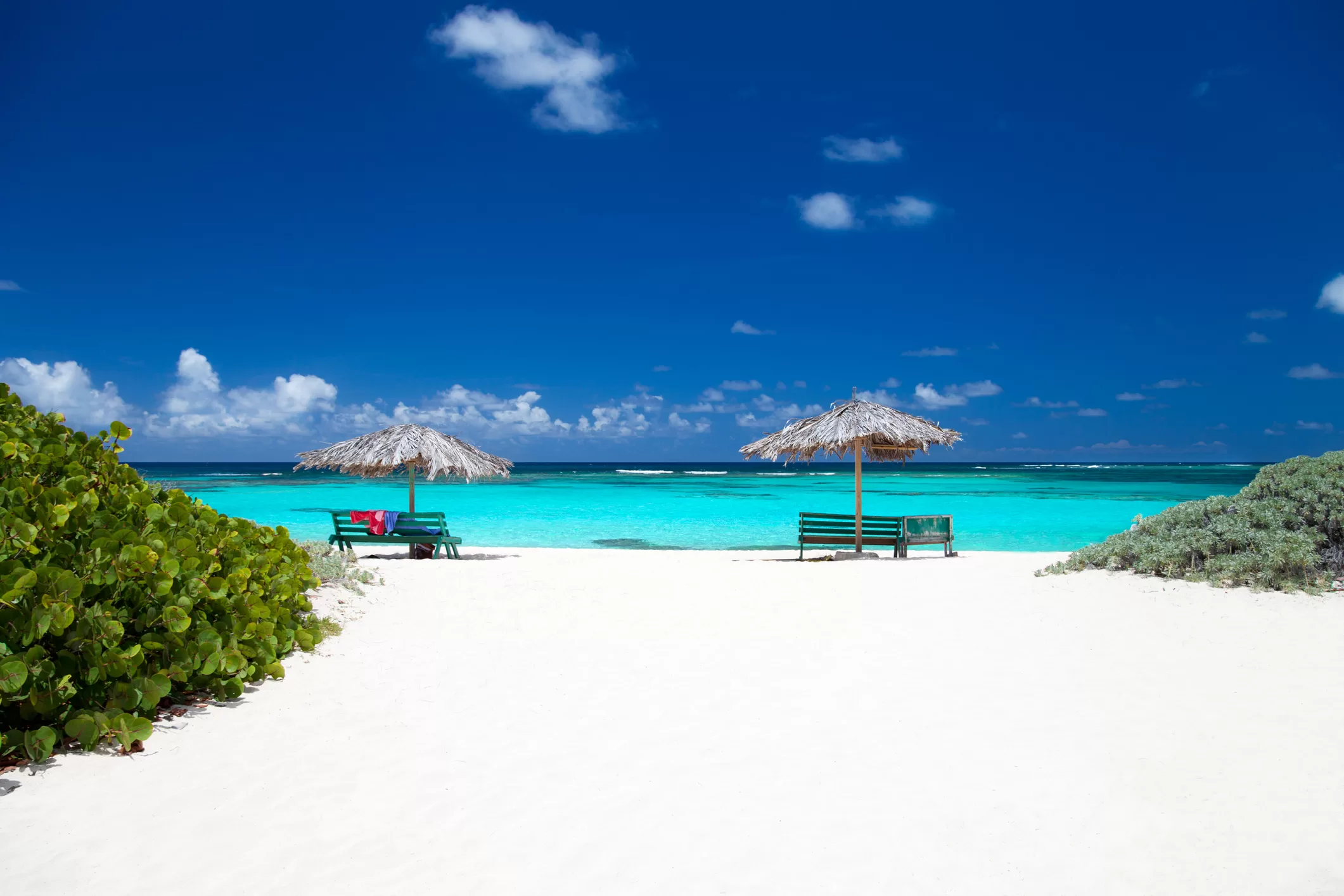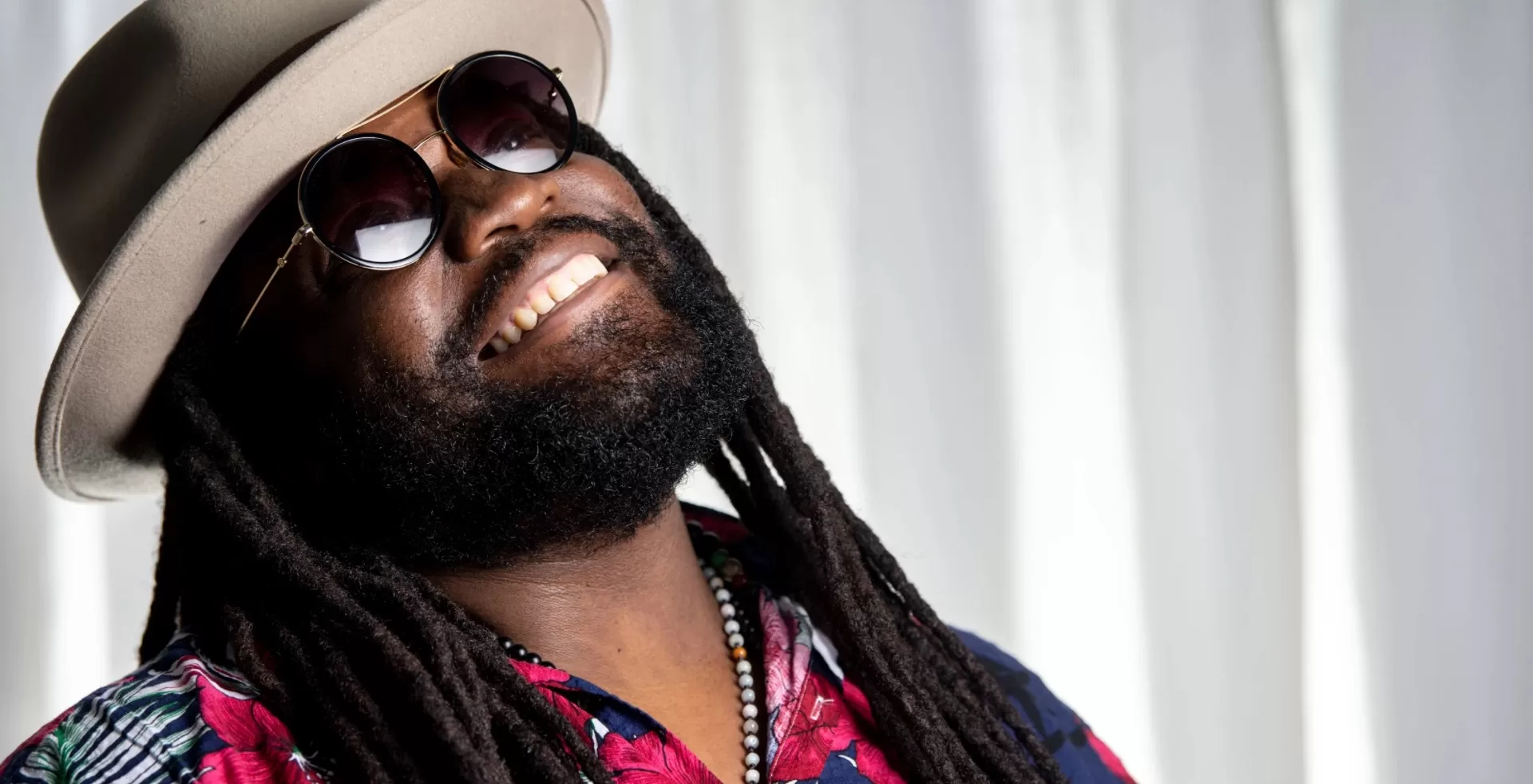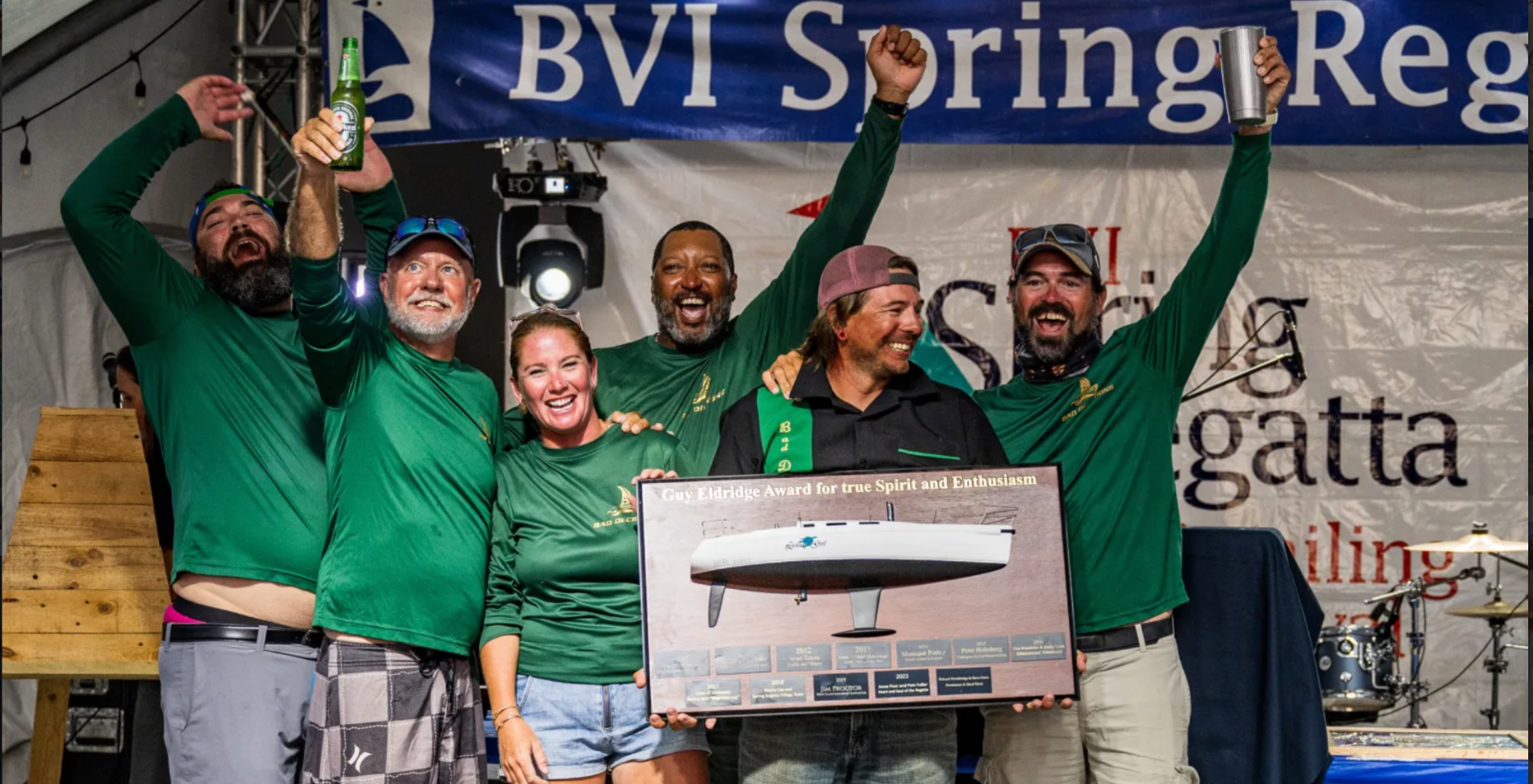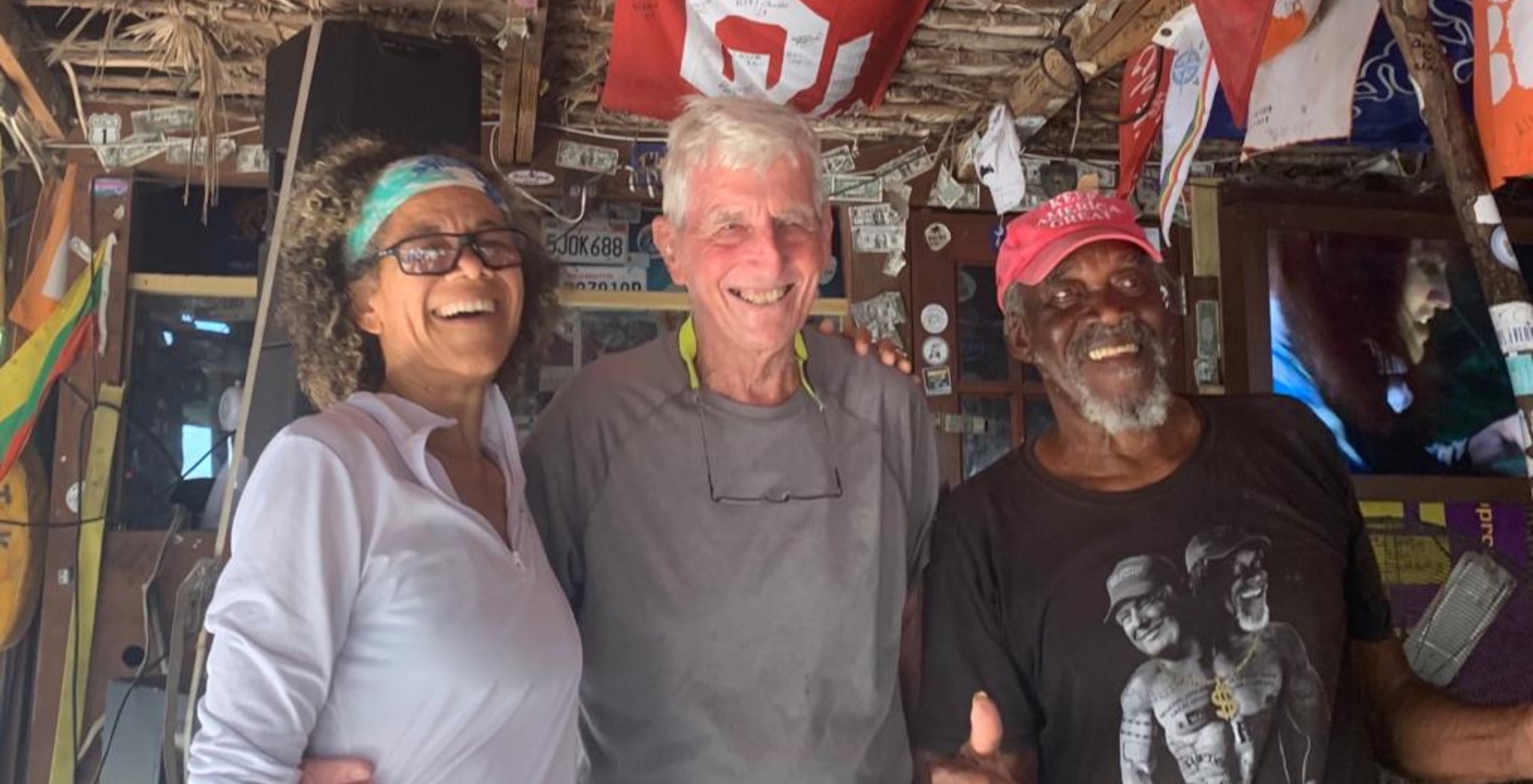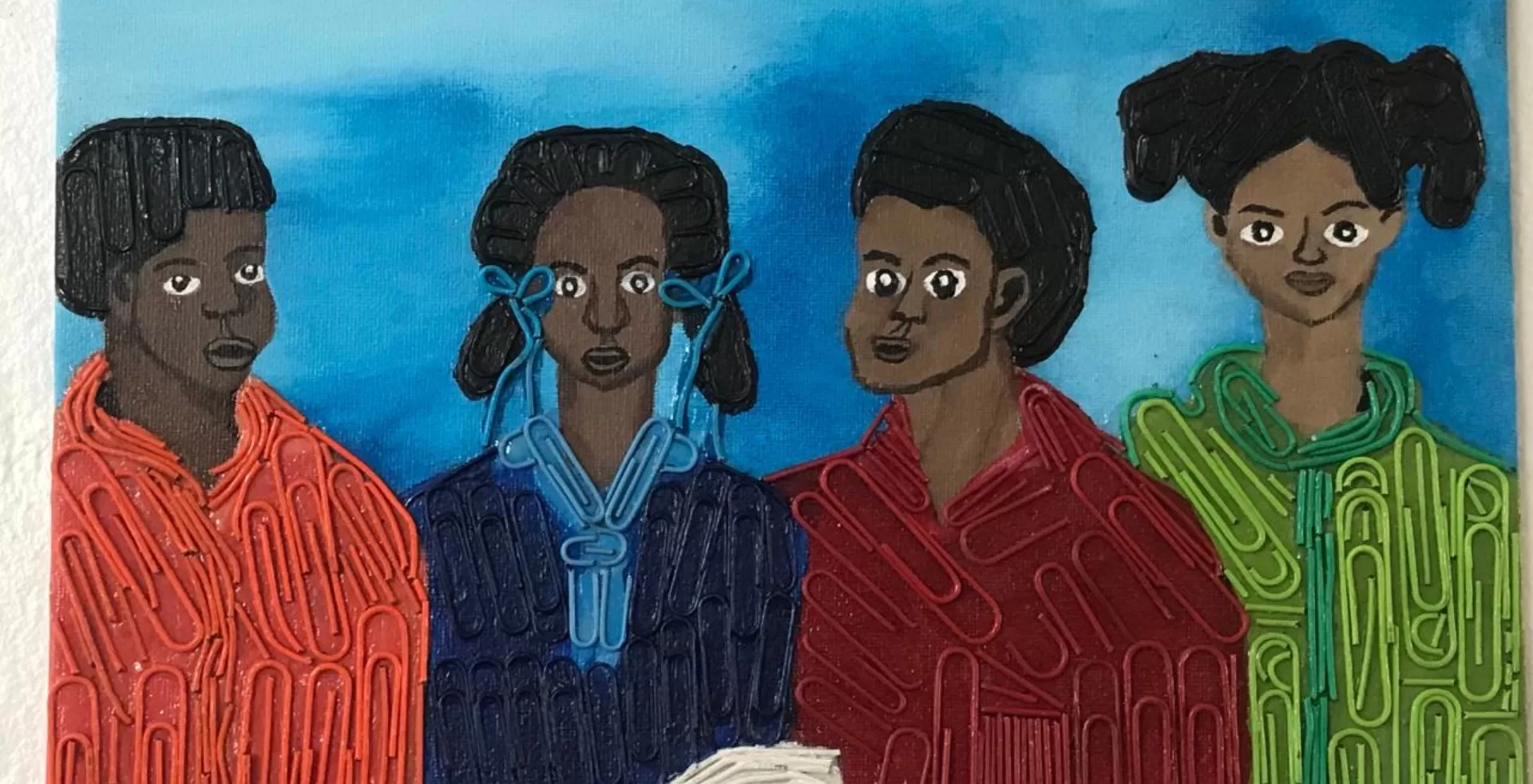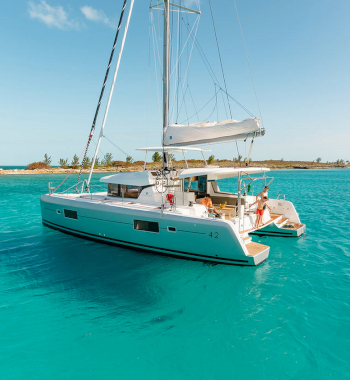The Amazing Sea Turtle: Preserving a BVI Cultural Icon
By Claudia Colli
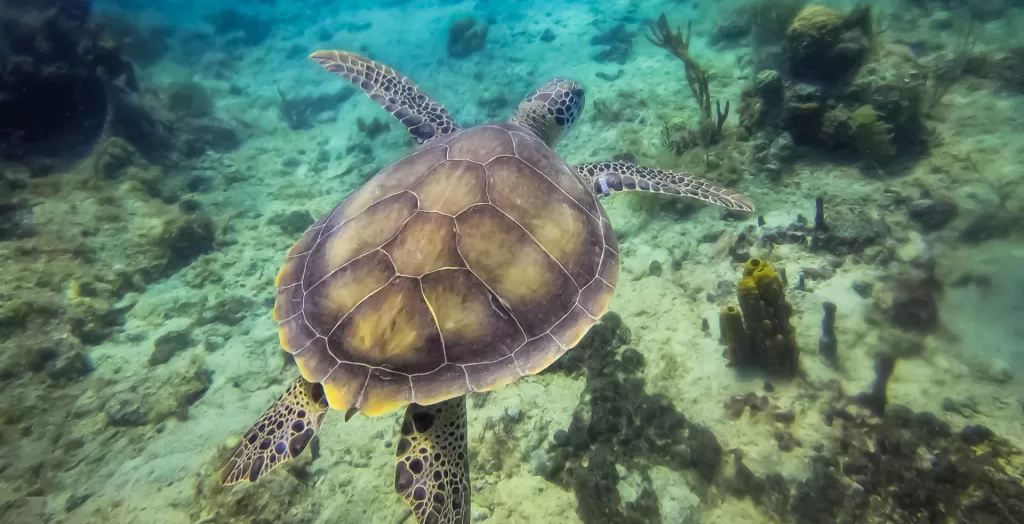
Sea turtles populate the BVI’s marine world with elegance and grace, and for boaters and snorkelers spotting one can be an incomparable experience.
What is it about the BVI’s marine dwelling turtles that holds our fascination? For me it’s the knowledge that sea turtles are unique in the marine world. They are clumsy on land where they come to lay their eggs, but can float through the water as if they have wings. Their carapace, or shells, are as beautiful as a work of art but create a shield of armor to protect them from predators. Impressively, a turtle can migrate for hundreds, even thousands of miles, yet return to the beach where they were born to lay their eggs. It is GPS of remarkable proportions.
Meet the BVI’s Sea Turtles
The most common turtles to be found feeding in the British Virgin Islands is the green turtle weighing up 300 pounds. Less common is the hawksbill which can weigh up to 150 pounds. The leatherback is a gentle giant of the sea. At 1,400 pounds this rare visitor is an impressive heavyweight which comes here only to nest. And although each type of turtle has its distinctive characteristics, they have much in common. They swim beneath the water with ease, but being a reptile, must surface to breathe at regular intervals. They have evolved a streamlined shell, strong flippers and salt excreting glands which have helped them adapt well to their marine environment.
Turtle regional populations are determined by where they go to forage. Recent turtle surveys have indicated that green turtle numbers are increasing throughout much of the Caribbean. Yet, here in the BVI, the number of foraging hawksbills is declining.
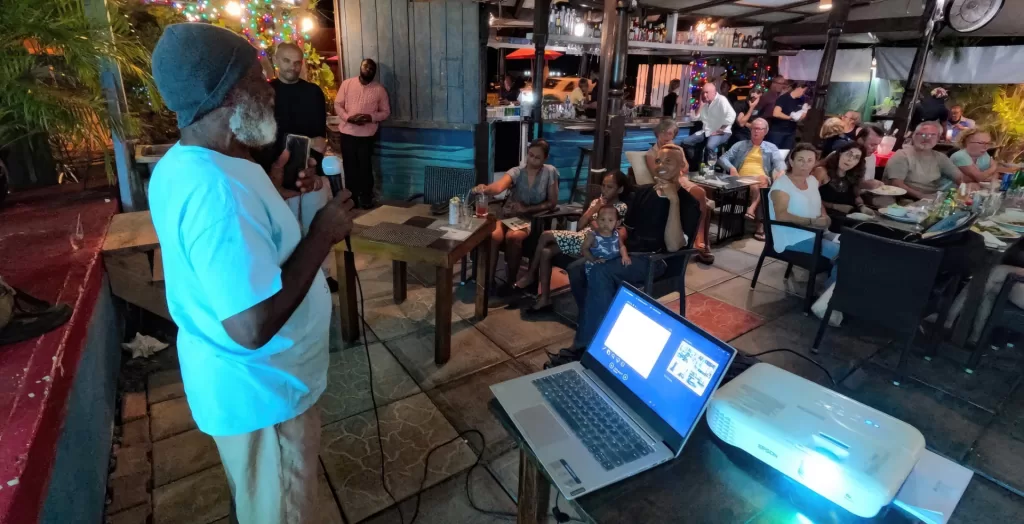
Why this should be is the subject of debate. Historically turtles have been captured for food, and when in season can be found on local restaurant menus or served at holiday dinners. Some believe that the local turtle fishery could be contributing to this decline and the fishery should be closed down. But others cite that it is a cultural tradition that should remain.
The STEEL Project
Determining the right course of action is the mission of several environmental groups which are working to identify if the BVI turtle fishery can be sustainable. The STEEL Project (Sustaining Turtles, Environments, Economies and Livelihoods) is a 3-year UK funded project under the auspices of the “Darwin Plus” initiative. It is working in partnership with several BVI and international environmental organizations: the BVI-based Association of Reef Keepers (commonly referred to as ARK); the Marine Conservation Society UK, (MCS); the Government of the Virgin Islands and the University of Exeter.
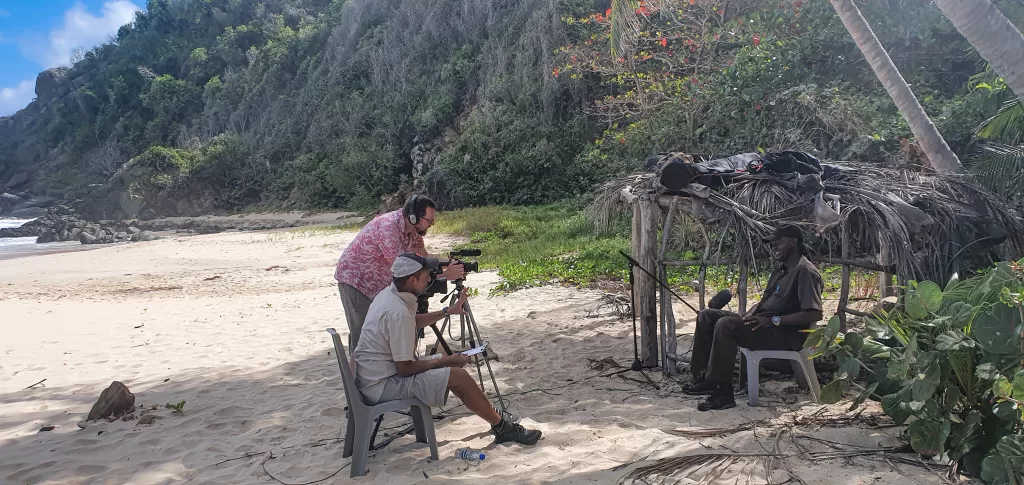
At recent workshops hosted by ARK, MCS and the VI Government, the public, including members of the fishing industry were invited to “have their voices heard.” At the workshop, a film was shown featuring interviews with experts in marine biology, members of the tourism industry and fishermen. Each gave their perspective of turtles’ benefits to the British Virgin Islands’ community: culturally, economically and from a tourism perspective. By the end of the workshop, the consensus was that turtles are an important part of the BVI’s fishing industry and cultural heritage. The hope is that by strengthening legislation and coming up with a sea turtle recovery action plan there is no need to permanently close the entire turtle fishery.
According to Dr. Shannon Gore, managing director of ARK, “using the community voice method to create this film has communicated many different perspectives and changed how some people think about turtle conservation. We all want the same thing to ensure turtles are around for the future, but as a shared resource.” This she emphasizes starts with “a conversation about solutions and not the judgement of others.”
Dr. Peter Richardson, Project Leader and Head of Ocean Recovery at MCS points out that the “project provides the perfect bridge between community and conservation science, where ideas can be openly discussed in a positive, friendly and enjoyable atmosphere.”
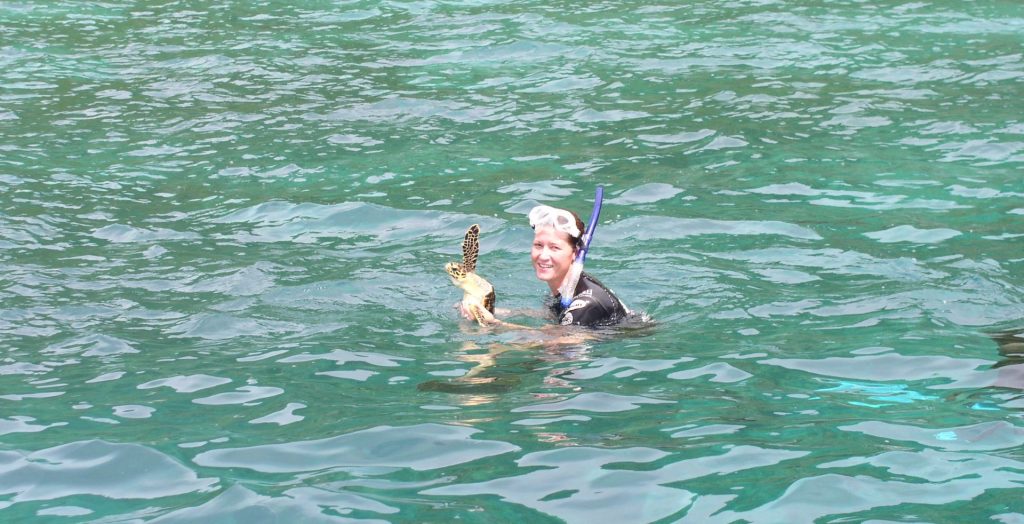
For the past three years ARK has collected biological data by tagging turtles and assessing their habitat. Such information will help researchers make more informed decisions about BVI turtle populations.
Going forward, the focus will be on gathering additional information on turtle populations: where they nest and baseline numbers. Sites will be visited at least twice a year to capture, tag and release turtles and recapture them over time to identify changes in species, determine growth rates and diseases.
Education is Key
Education is an important component of the BVI’s public outreach. Members of the project have been visiting schools and youth groups over the past few years to teach kids about sea turtles and the importance of biodiversity.
Shannon notes that “the team will continue to visit schools in the future since the youth are the next generation to protect sea turtles.”
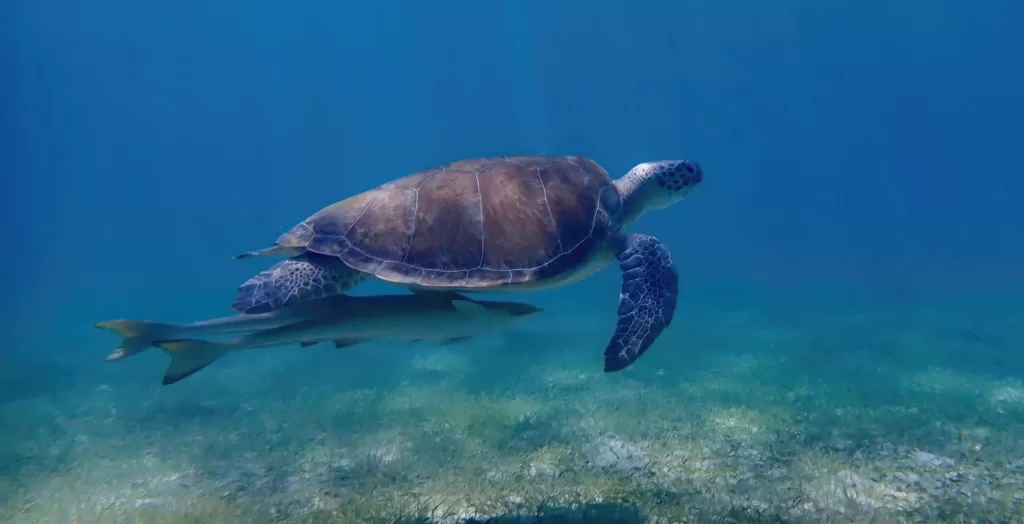
The group will also be meeting with beachfront villa and hotel owners to develop educational materials for the properties and their guests about best practices for turtle conservation. Where properties are built along BVI beaches, development has been a culprit in the decline of sea turtle nesting populations, and has led to the loss of prime beach nesting sites.
Although sea turtles spend most of their time in the water, they come onto land to lay their eggs. Turtles nest on beaches throughout the BVI wherever the conditions are right. On Tortola, they prefer the soft sand of beaches like Josiah’s, Trunk and Lambert Bays. A leatherback was recently seen nesting on Long Bay Beach at West End. Once a common sight at this West End Beach, it has become increasingly rare. The area was cordoned off to protect the nest.
Using her back flippers as scoops, this awkward creature is a proficient nest builder, and she will dig a tidy hole and bury her clutch of eggs with surprising dexterity. Interestingly, the warmth of this nest will determine, the hatchling’s sex: eggs incubated at a warmer temperature produce mainly females and those at a lower temperature produce primarily males.
Once hatched, the turtle hatchlings face dangers from predating seabirds to lights shining from houses and nearby roads. These lights can distract young hatchlings and cause them to scurry towards the source of the light rather than to the sea.
According to Shannon, light pollution can be fixed with an easy remedy: changing outdoor lightbulbs to a more eco-friendly wattage, hue and wavelength. Through education and outreach she hopes to encourage beachfront villa owners and hotels to switch out their bulbs.
For a guide to what type of bulbs to use, go to: https://gyr.fortlauderdale.gov/greener-government/natural-resources-preservation/beach-preservation-and-ocean-wildlife/sea-turtles/beachfront-lighting
Shannon emphasizes that “Our nesting turtles are the most important to protect and if we lose that population we will lose them here forever and reduce the regional population as a whole.”
Sea turtles are an integral part of the BVI’s marine ecosystem, a cultural icon and a tourism draw. Protecting them benefits not only the BVI’s sea turtles, but the community as a whole.
Read more about ARK and its efforts to rescue Noah, an ailing sea turtle at:
For more information on turtles and the STEEL Project go to the following sources:
Association of Reef Keepers:
Marine Conservation Society UK:
Virgin Islands Department of Agriculture and Fisheries:
If you would like to learn more about the work of Darwin Plus, to to:

